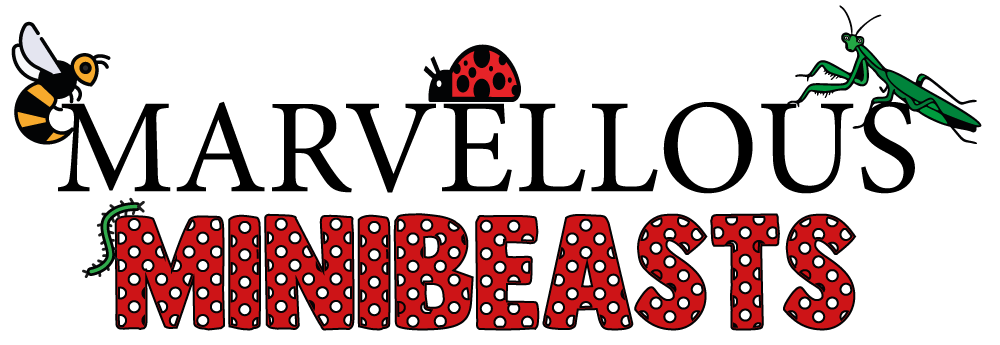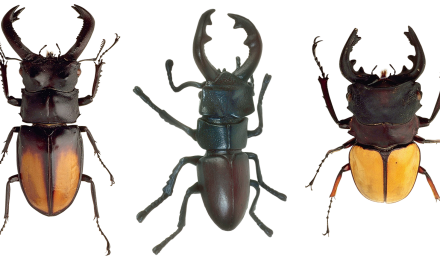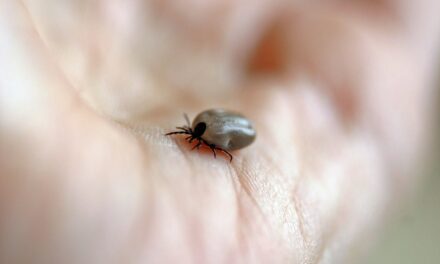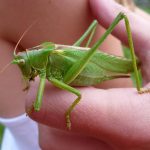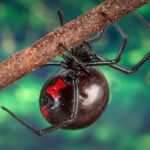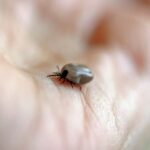Insects are fascinating creatures that are really interesting to learn about, and there are lots of facts and information floating around that can help you to do so. There are many different types of insects, but something that you may have noticed that lots of them have in common is the presence of wings.
Not all insects have wings, but the majority of them will have 2 pairs of wings that are used for different purposes. You might have seen that some insects have two pairs of wings, while others only have one pair, which often leads people to wonder why.
To help you to learn more about insects, their wings, and their ability to fly, we are going to tell you all about the different types of insects and their wings. There are lots of different things to think about, and we are going to answer all of your wing-related questions in this article.
Why Do Some Insects Have Two Pairs Of Wings And Some Have Only One Pair?
The main reason that some insects have two pairs of wings and some only have one pair is that all insects evolved differently. The number of wings that an insect has will all depend on what type of insect it is, and how many they need. The wings of an insect can have different purposes, depending on what the insect aims to do, and they all evolved to either have no wings, one set of wings, or two sets of wings.
Insect Flight and Evolution
There are not many beings that are able to fly, and this is something that only insects, bats, and birds are able to do. The reason that these beings are able to fly is that they have evolved to be able to do so. Around 300 million years ago, the flight capacity in insects began to develop, and this started as simple extensions of the cuticle from the thorax.
The reason that flying was so successful for insects is that they are really small, which made it much easier for them to do just that. There are some insects that did not develop wings as time went on, but many of them did. There are even some parasitic groups that are thought to have lost their wings throughout the process of evolution.
How Many Pairs of Wings Do Insects Have?
For those insects that do have their own wings, they will usually have two pairs instead of one. Some insects that have two pairs of wings include grasshoppers, bees, wasps, dragonflies, true bugs, butterflies, moths and more. For the wings of beetles, the outer pair is typically quite hard and is not functional in flight. Something that is worth noting is that the ability to fly is not determined by the size or number of wings.
There are some insects with wings that cannot fly, as well as other insects that have wings and are still poor fliers. More often than not, insects that have larger wings will find it more difficult to fly, while other insects with smaller wings are able to fly much better. Interestingly, there are also true flies, which are a large group of insects that only have one pair of wings. However, they do also have small balancing organs called halteres, and this is where a second pair of wings might develop. The halteres will vibrate with the wings and sense any changes in direction.
Why Can Insects Fly?
The ability to fly is one of the main reasons why insects have been so successful in nature. Flying can help insects to:
- Escape from danger
- Find food
- Locate mates
- Explore for new places to live
Can You See the Wings On An Insect?
The majority of adult insects will have two pairs of wings, but they won’t always be visible. More often than not, they will be either hidden, shortened, or completely nonfunctional. On some insects, like wasps, bees, ants, and termites, you will easily be able to spot their clear wings. They are held on top of their backs and the back pair is usually smaller than the front pair.
When you look at an insect like a beetle, you might not notice their wings at all. However, the hard outer covering on the back of a beetle is actually a pair of modified wings. There is an additional pair of clear, membranous wings that can be found folded up underneath. When a beetle takes flight, the wing covers will spread apart at the center and the wings that are underneath will unfold. This entire process actually happens so quickly that you probably wouldn’t even see it happen.
For other insects, like moths and butterflies, the forewings and hindwings are covered with scales that will create different colours and patterns. There are also other insects, like cockroaches, grasshoppers, and crickets that have flight wings that are hidden under wing covers that blend in with the rest of their bodies.
The only insect group that has just one pair of functional wings is flies, and the hind wings are reduced to small structures that are called halteres. These will act like small gyroscopes that will ensure that the fly is able to remain balanced.
Do All Insects Have Two Pairs of Wings?
Many insects will have wings, but there are only a few that are completely wingless. Most adult insects will have two pairs of wings that are not always visible, and they will be held on top of their backs. The back pair will usually be smaller than the front pair.
When Do Insects Develop Wings?
The wings of an insect will develop slowly as the immature insect grows. However, some insects will develop their wings during the pupal stage, like butterflies. The fully functioning wings of an adult insect will allow it to disperse, mate, and lay eggs in a new area. Though, some insects do not develop wings at all.
Which Insects Can Fly Backwards?
The dragonfly is an insect that has the ability to fly backwards, change direction in mid-air, and hover on the spot for up to a minute. Dragonflies are big predators that will eat mosquitoes, and other small insects like flies, bees, ants, wasps, and very rarely, butterflies.
What Are Insect Wings Called?
Insect wings are adult outgrowths of the insect exoskeleton that will enable the insect to fly. They can be found on both the second and third thoracic segments, which are called the mesothorax and metathorax. The two pairs of wings are often referred to as forewings and hindwings, but some insects may not have hindwings.
